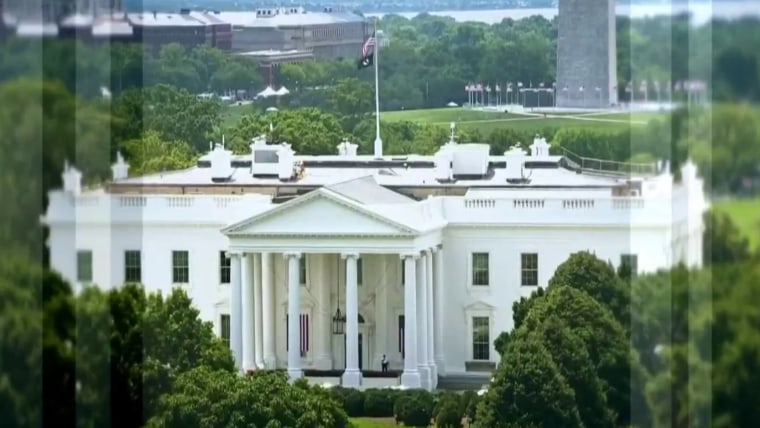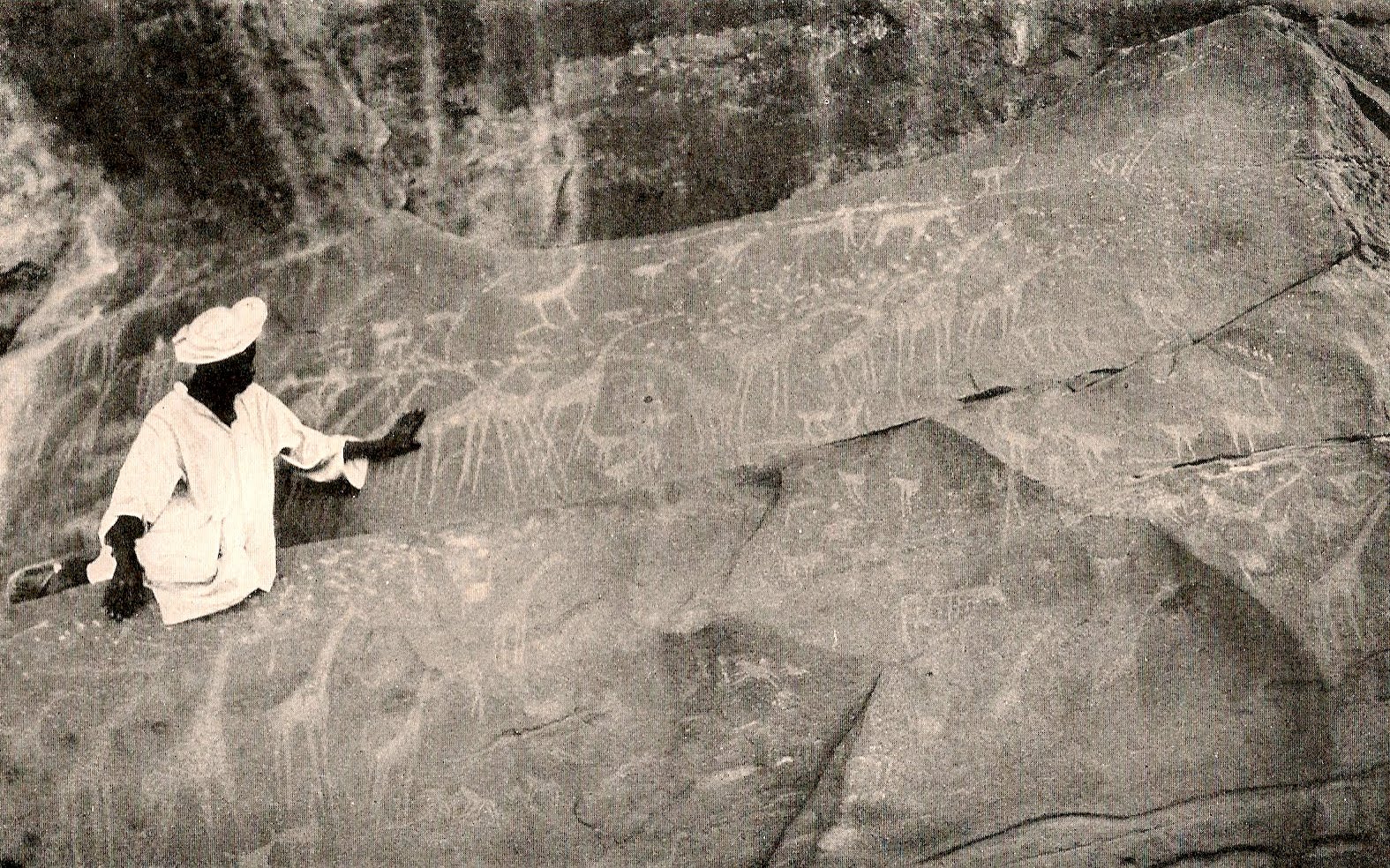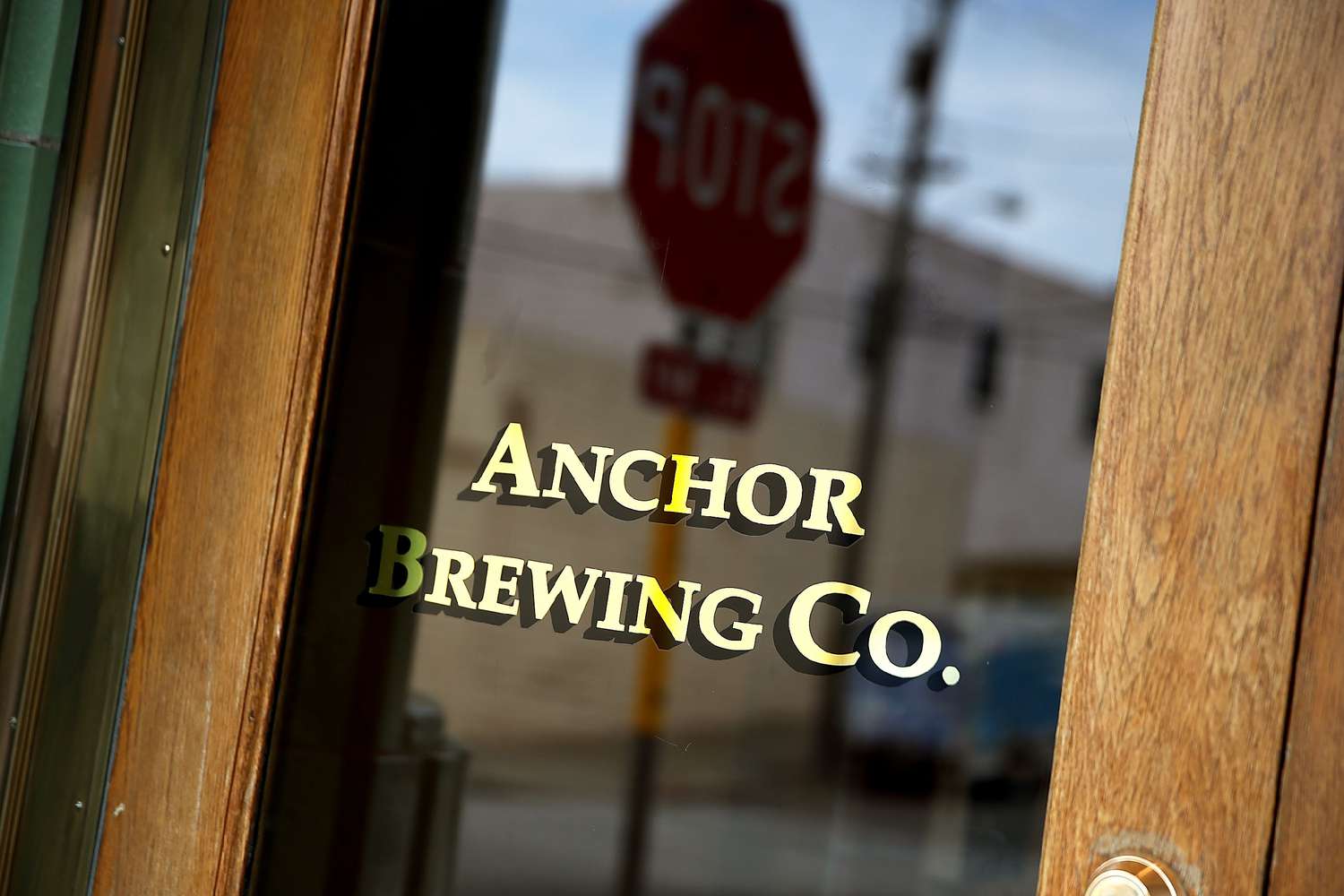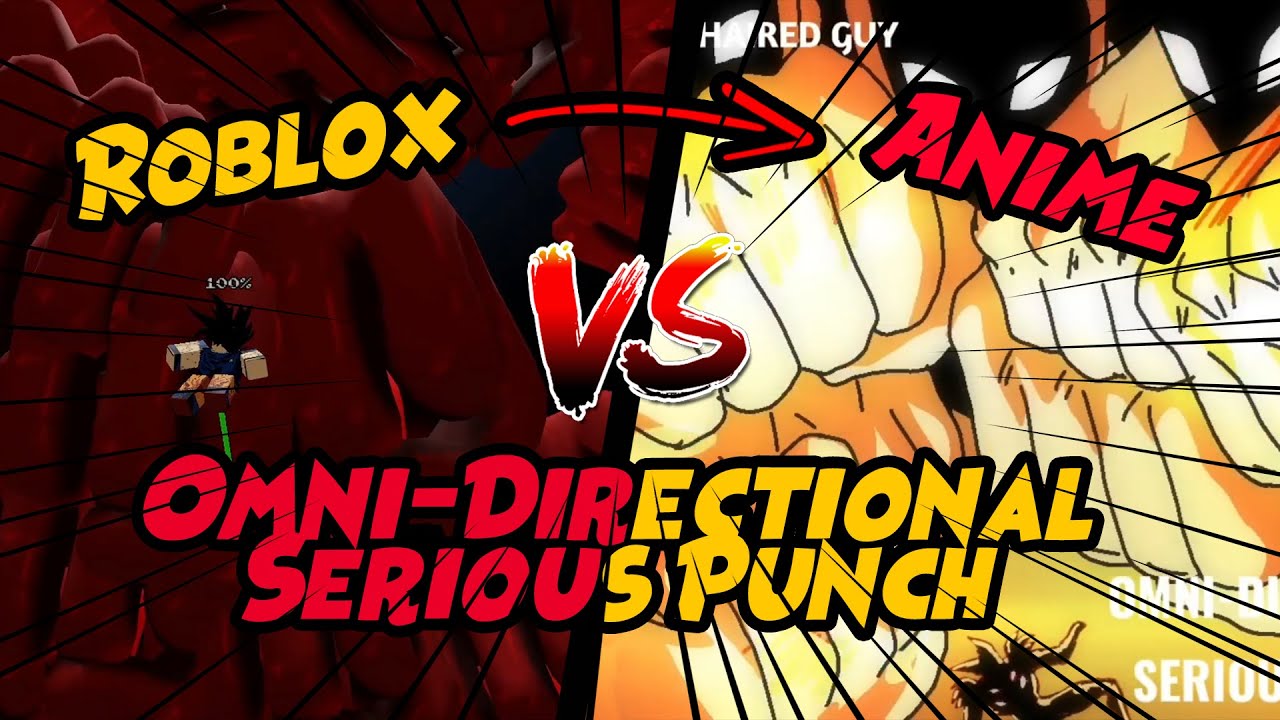Secret Service Closes Investigation Into White House Cocaine Discovery

Table of Contents
The Discovery and Initial Response
The discovery of a small bag of cocaine in the West Wing of the White House on Sunday, July 2nd, 2023, sent shockwaves through the nation. The precise location within the West Wing remains somewhat unclear in official statements, though reports suggest it was near a public area frequented by visitors and staff. The substance was discovered by the United States Secret Service, leading to an immediate and comprehensive response.
- Timeline of events: The cocaine was discovered in the late afternoon or early evening. The Secret Service responded swiftly, securing the area and initiating a preliminary investigation. The incident was initially reported internally before becoming public knowledge.
- Initial Secret Service statement and public reaction: The Secret Service initially confirmed the discovery and launched a full-scale investigation. Public reaction was swift and widespread, ranging from outrage and disbelief to calls for greater transparency and accountability. Many questioned the effectiveness of White House security protocols in light of this significant breach.
- Evacuation procedures and security protocols implemented: While no large-scale evacuation was reported, the immediate area surrounding the discovery was secured, and standard security procedures were implemented to ensure the safety of personnel and prevent further potential security breaches.
The Secret Service Investigation: Methodology and Challenges
The Secret Service investigation into the White House cocaine discovery employed various investigative techniques to identify the individual responsible. This included detailed forensic analysis of the substance itself, which confirmed it was indeed cocaine.
- Investigative techniques used: The investigation likely involved DNA analysis, fingerprint analysis, and a thorough review of security footage from cameras located throughout the West Wing. Interviews with White House staff and visitors who may have been in the vicinity were also conducted.
- Difficulties in identifying the individual responsible due to limited evidence: Despite the thorough investigation, the Secret Service faced significant challenges in identifying the person responsible. The lack of definitive evidence, such as fingerprints or clear video footage, hampered their efforts. The high volume of individuals with access to the area further complicated the investigation.
- Review of existing White House security measures and potential vulnerabilities: The incident prompted a critical review of existing White House security measures, with a focus on identifying and addressing potential vulnerabilities. This includes evaluating access control procedures, screening protocols, and the overall effectiveness of security personnel.
The Conclusion of the Investigation and its Findings
The Secret Service concluded its investigation without identifying the individual responsible for bringing the cocaine into the White House. This inconclusive outcome has raised further concerns about security protocols and the ability of the Secret Service to safeguard the nation's highest office.
- Key findings from the Secret Service report: The official report highlighted the challenges posed by the lack of definitive evidence. The investigation did confirm the presence of cocaine but was unable to definitively link it to any particular individual.
- Whether any individuals were identified as suspects or persons of interest: While the investigation identified several individuals who had access to the area, insufficient evidence prevented the naming of any suspects or persons of interest.
- Recommendations for improving White House security, if any: The Secret Service is expected to make recommendations for enhancing security protocols based on the findings of this investigation. These might include improvements to access control, visitor screening, and increased surveillance measures.
- Public response to the conclusion of the investigation: Public reaction to the inconclusive nature of the investigation has been mixed, with some expressing disappointment and continued concerns about security, while others have accepted the difficulties inherent in such an investigation.
Political Implications and Public Opinion
The White House cocaine incident carries significant political implications. The lack of a definitive answer regarding the individual responsible has fueled political debate and speculation, with some questioning the competence of the Secret Service.
- Political fallout: The incident has become a subject of political discourse, with accusations and counter-accusations flying between political parties. The lack of a clear resolution further fuels this political tension.
- Public perception: Public perception of the Secret Service and White House security has been negatively impacted by this incident. This has raised concerns about the broader issue of national security and the ability of the government to protect its highest-ranking officials and facilities.
- Presidential responsibility: While the President was not directly implicated, the event does cast a shadow on his administration's overall responsibility for White House security and the management of sensitive matters.
- National security: The incident underscored the vulnerability of high-security locations and the potential consequences of even minor security breaches. The event highlights the potential for exploitation of such weaknesses by hostile actors.
Conclusion
The Secret Service's investigation into the White House cocaine discovery concluded without identifying the person responsible. This outcome raises serious questions about White House security protocols and highlights the challenges involved in securing such a high-profile location. The incident emphasizes the critical need for a thorough review and subsequent improvements in security procedures to prevent similar occurrences. The lingering uncertainty surrounding the incident underscores the ongoing need for greater transparency and accountability within the Secret Service and the White House. Stay informed about further developments and the ongoing discussions regarding White House security protocols by following reputable news sources. Continue the conversation about improving White House security measures following this alarming White House cocaine discovery.

Featured Posts
-
 Could Ahmed Hassanein Be The First Egyptian Ever Drafted Into The Nfl
Apr 26, 2025
Could Ahmed Hassanein Be The First Egyptian Ever Drafted Into The Nfl
Apr 26, 2025 -
 Anchor Brewing Companys 127 Year Run Comes To An End
Apr 26, 2025
Anchor Brewing Companys 127 Year Run Comes To An End
Apr 26, 2025 -
 Lab Owner Pleads Guilty To Covid Test Result Fraud
Apr 26, 2025
Lab Owner Pleads Guilty To Covid Test Result Fraud
Apr 26, 2025 -
 The Richest Man Vs America A Battleground For Control
Apr 26, 2025
The Richest Man Vs America A Battleground For Control
Apr 26, 2025 -
 Us China Geopolitical Competition A Focus On A Key Military Base
Apr 26, 2025
Us China Geopolitical Competition A Focus On A Key Military Base
Apr 26, 2025
